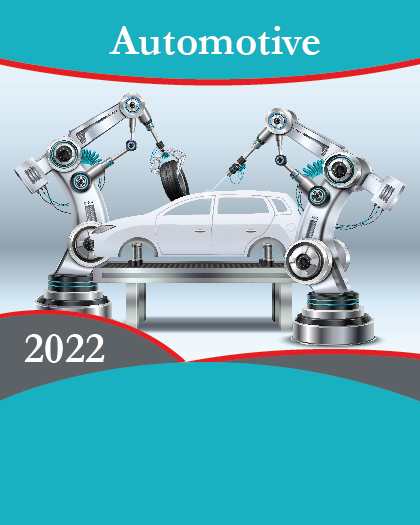
A self-driving bus is a robotic vehicle designed to travel between destinations without the need of a human operator. It combines sensors and software to control, navigate, and drive and uses LiDAR and RADAR and several other sensors for operation. These self-driving systems create and maintain an internal map of their surroundings, based on a wide array of sensors. Artificial intelligence (AI) software controls all the functionality related to sensors working and RADAR sensor is used to detect obstacles. Such advance technologies helps control these vehicles efficiently. Self-driving buses provide advantages such as reduction in accidents caused due to driver's error and reduction of hazardous gas (CO2) from vehicles.
The market is anticipated to witness a significant growth over the years, owing to the growth in connected infrastructure for automobile.
The global self-driving bus market is segmented on the basis of level of automation, component, and region. On the basis of level of automation, it is divided into level 3, level 4, and level 5. By component, it is categorized into hardware, software, and services. Region wise, it is analyzed across North America, Europe, Asia-Pacific, and LAMEA.
The key players analyzed in the self-driving bus market include AV Volvo, Continental AG, Volkswagen AG, Tesla, Scania AB, Daimler AG, Proterra, Hyundai Motor Company, Hino Motors, Ltd., and Navya.
KEY BENEFITS FOR STAKEHOLDERS
- This study presents the analytical depiction of the global self-driving bus market along with the current trends and future estimations to depict the imminent investment pockets.
- The overall market potential is determined to understand the profitable trends to enable stakeholders gain a stronger foothold in the market.
- The report presents information related to key drivers, restraints, and opportunities with a detailed impact analysis.
- The current market is quantitatively analyzed from 2019 to 2026 to highlight the financial competency of the market.
- Porter's five forces analysis illustrates the potency of the buyers and suppliers.
KEY MARKET SEGMENTS
By Level of Automation
o Level 3
o Level 4
o Level 5
By Component
o Hardware
o Software
o Services
By Region
o North America
? U.S.
? Canada
? Mexico
o Europe
? UK
? Germany
? Russia
? France
? Rest of Europe
o Asia-Pacific
? China
? India
? Japan
? Australia
? Rest of Asia-Pacific
o LAMEA
? Latin America
? Middle East
? Africa
?
























